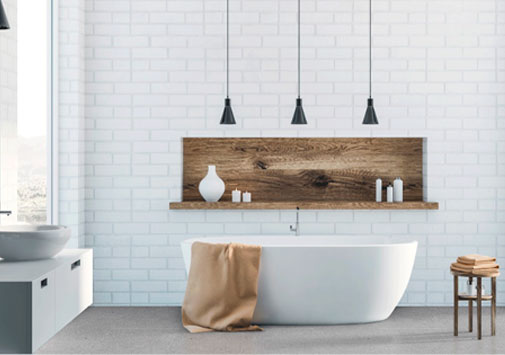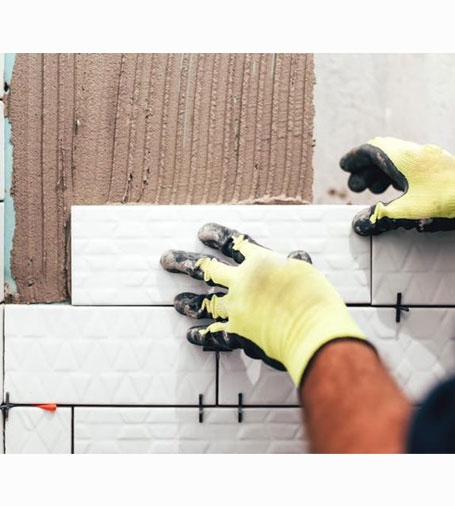 |
 |
 |
 |
 |
 |
 |
||
 |
 |
 |
 |
 |
 |
|
 |
|
 |
 |
 |
 |
|
 |
 |
|
 |
 |
 |
|
dtanytimelx.com
Bathroom Reno Cost Breakdown: A Comprehensive GuideRenovating your bathroom can be a rewarding endeavor, but understanding the costs involved is crucial for effective budgeting. This guide will help you break down the expenses so you can make informed decisions. Understanding the BasicsBefore diving into specifics, it's important to grasp the basic elements that influence bathroom renovation costs. These include the size of the bathroom, the quality of materials, and labor costs. Generally, a smaller bathroom will cost less to renovate than a larger one. Key Cost ComponentsMaterialsMaterials are a major part of the budget. The choice between luxury and standard materials can significantly affect costs.
LaborLabor costs vary by region and complexity of the project. It's essential to hire experienced professionals. In areas like bathroom remodeler beaverton or, you can find skilled labor that fits your budget. Permits and FeesDon't forget to account for any necessary permits. These can vary greatly depending on local regulations. Cost-Saving TipsThere are several ways to save money without compromising quality.
Additional ConsiderationsTiming your renovation can also impact costs. Off-peak seasons may offer better deals from contractors. For more insights on managing renovation expenses, check out services in different locales, like bathroom remodel gold coast. Frequently Asked Questions
In conclusion, understanding the bathroom reno cost breakdown is essential for a successful project. By planning carefully and considering various factors, you can achieve a beautiful and cost-effective renovation. https://www.blesserhouse.com/bathroom-remodel-cost-our-full-budget-breakdown/
Bathroom Remodel Labor Costs - General carpentry / painting / contracting labor $2,275.44 - Plumbing labor $4,915.38 - Electrical labor ... https://www.worldcoppersmith.com/articles/bathroom-remodel-cost-guide/?srsltid=AfmBOopU__Ki_jmCyp_GG3X5QavlsIoUQg9GdXYFoEL6T6APwMlOZ3Qr
On average, a full bathroom remodel costs about this amount. With a $10,000 budget, you can usually replace the shower or bathtub, install new ... https://thekwendyhome.com/blog/how-much-did-the-bathroom-cost-a-budget-breakdown
Cost Breakdown ; Pencil Border Tile, $300 ; Floor Tiles, $523.36 ; Tub, $750 ; Vanity, $1,459.
|